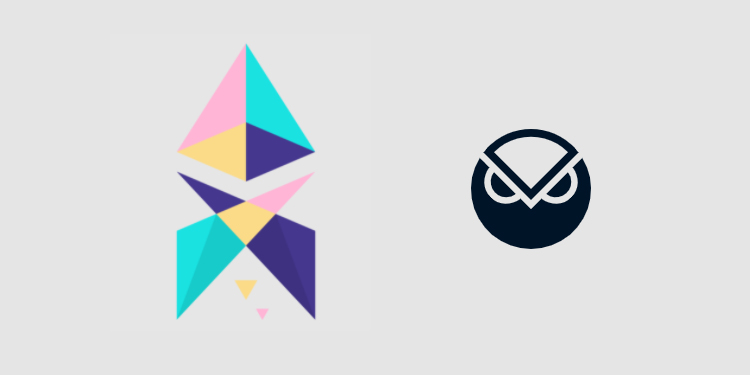
Erigon, an Ethereum client that has provided critical infrastructure since 2018 under its former name Turbo-Geth, is launching a new version that integrates tracing functionality while increasing modularity, synchronization speed, and resource efficiency. These improvements, which primarily impact Ethereum node operators, are being developed together with the decentralized market-mechanism project Gnosis.
As stewards of OpenEthereum, which was initiated by Parity in 2015 and remains the second-largest Ethereum implementation by node count, Gnosis has been seeking a solution to architectural and protocol maintenance issues that increasingly impact the aging codebase.
This solution is provided by Gnosis’s partnership with Erigon, which ensures that developers and node operators reliant on OpenEthereum 3.x can migrate to a faster and more efficient client. The migration to Erigon will be both beneficial and necessary, since the OpenEthereum 3.x codebase will no longer be maintained or supported after Ethereum’s London Upgrade in July 2021.
“The Erigon team is looking forward to supporting OpenEthereum users through the transition from the monolithic inherited codebase to an increasingly innovative and inclusive development based on common architecture. We have been working to fill functionality gaps while ensuring the improvements will fit into the overarching architecture for building Ethereum implementations – and look forward to bringing this new architecture to reality with Gnosis.”
– Erigon Founder, Alexey Akhonov
Erigon’s next-gen architecture includes:
- All the features OpenEthereum 3.x currently provides on Ethereum mainnet, including tracing.
- A modular client design, enabling parallelized development of the client.
- New (“flat”) model of storing Ethereum state, allowing a lower disk footprint.
- Preprocessing of data outside of the storage engine, so the database writes operations faster by a magnitude
- Staged synchronization technique, allowing very fast synchronization.
Erigon’s features benefit Ethereum node operators as follows:
- Much lower disk footprint
– 1.2TB for archive node, 430GB for pruned node - Faster sync speed
– Greater than10 blk/s at tip, compared to <1blk/s for OpenEthereum
– Archive node can be bootstrapped in under 3 days
– Performance improvements allow Erigon to run even on HDD - Crash resilience
– Forceful shutdown or power failure cannot damage Erigon’s database. - New vision of modularity
– P2P and web3 RPC services can be run as separate components on a remote machine. - Full support for OpenEthereum/Parity `trace_` API, including `trace_filter`
The new features and architecture upgrades enabled by migration to Erigon ensure that Ethereum can continue to scale and provide needed support for the ecosystem.
“We took over OpenEthereum to support Ethereum 1.x development. Alexey has a great vision for Ethereum 1.x client development and assembled a great team to execute on this vision: Building a modular client allowing to scale development and increase the speed of innovation on many dimensions like sync speed and disk usage. We want to help Ethereum to push the limits of what is possible on Ethereum today and see Erigon as the foundation.”
– Stefan George, Gnosis CTO
- 7
- 9
- Allowing
- api
- architecture
- Archive
- Building
- Common
- continue
- data
- Database
- Design
- developers
- Development
- ecosystem
- efficiency
- ethereum
- Failure
- FAST
- Features
- fit
- Forward
- founder
- George
- great
- HTTPS
- Impact
- Including
- Increase
- Infrastructure
- Innovation
- issues
- July
- London
- model
- modular
- net
- New Features
- Operations
- p2p
- Partnership
- performance
- power
- project
- Reality
- resource
- Run
- Scale
- Services
- Share
- shutdown
- So
- speed
- State
- storage
- support
- Supported
- users
- vision
- What is
- X













